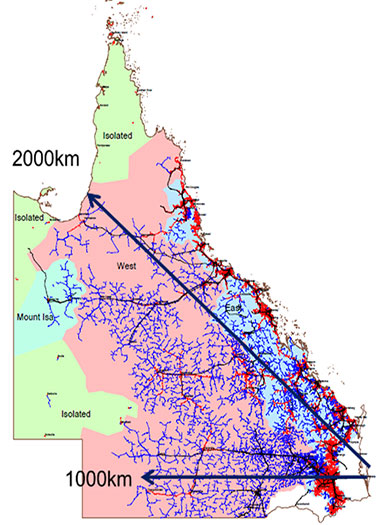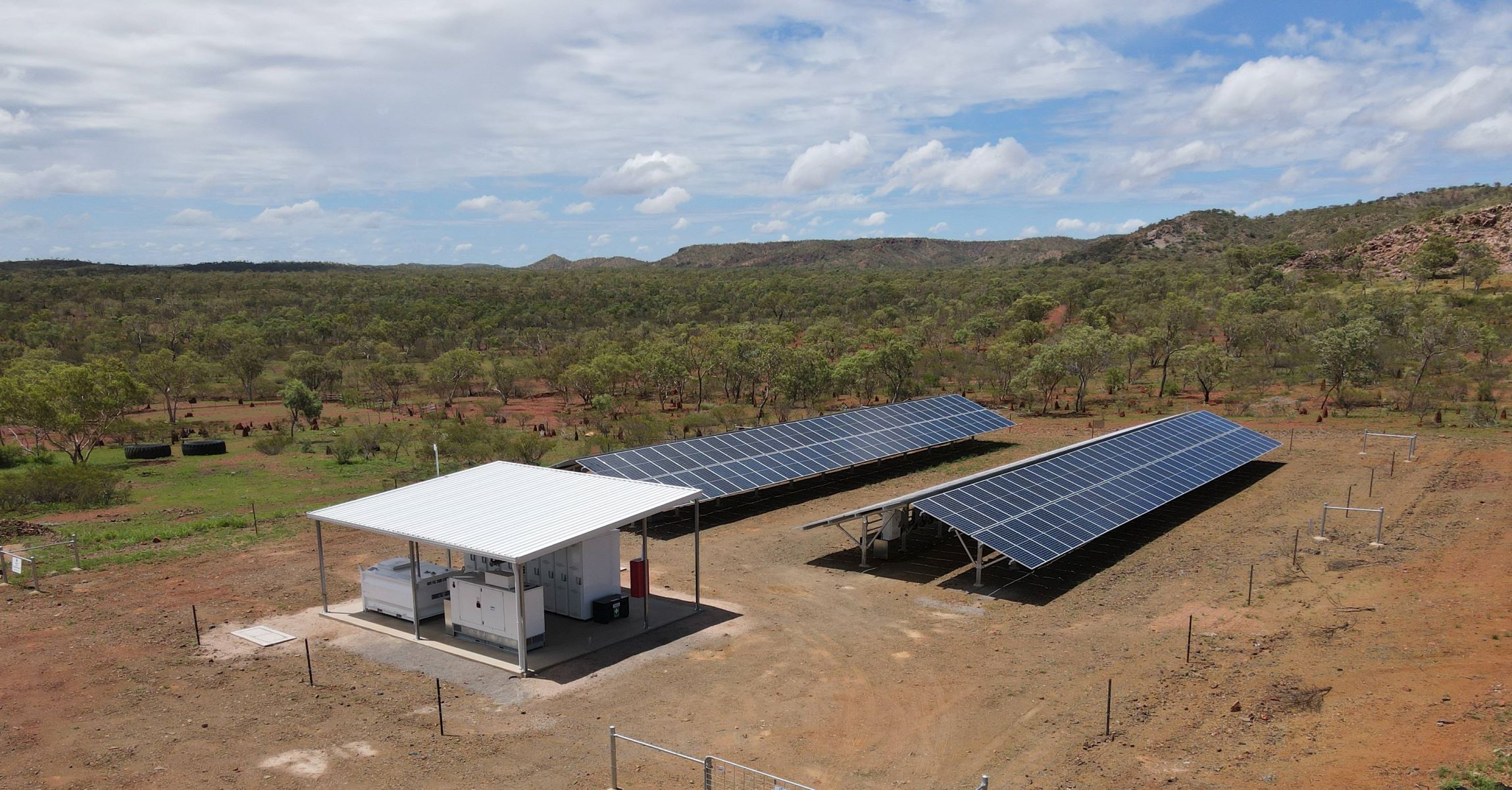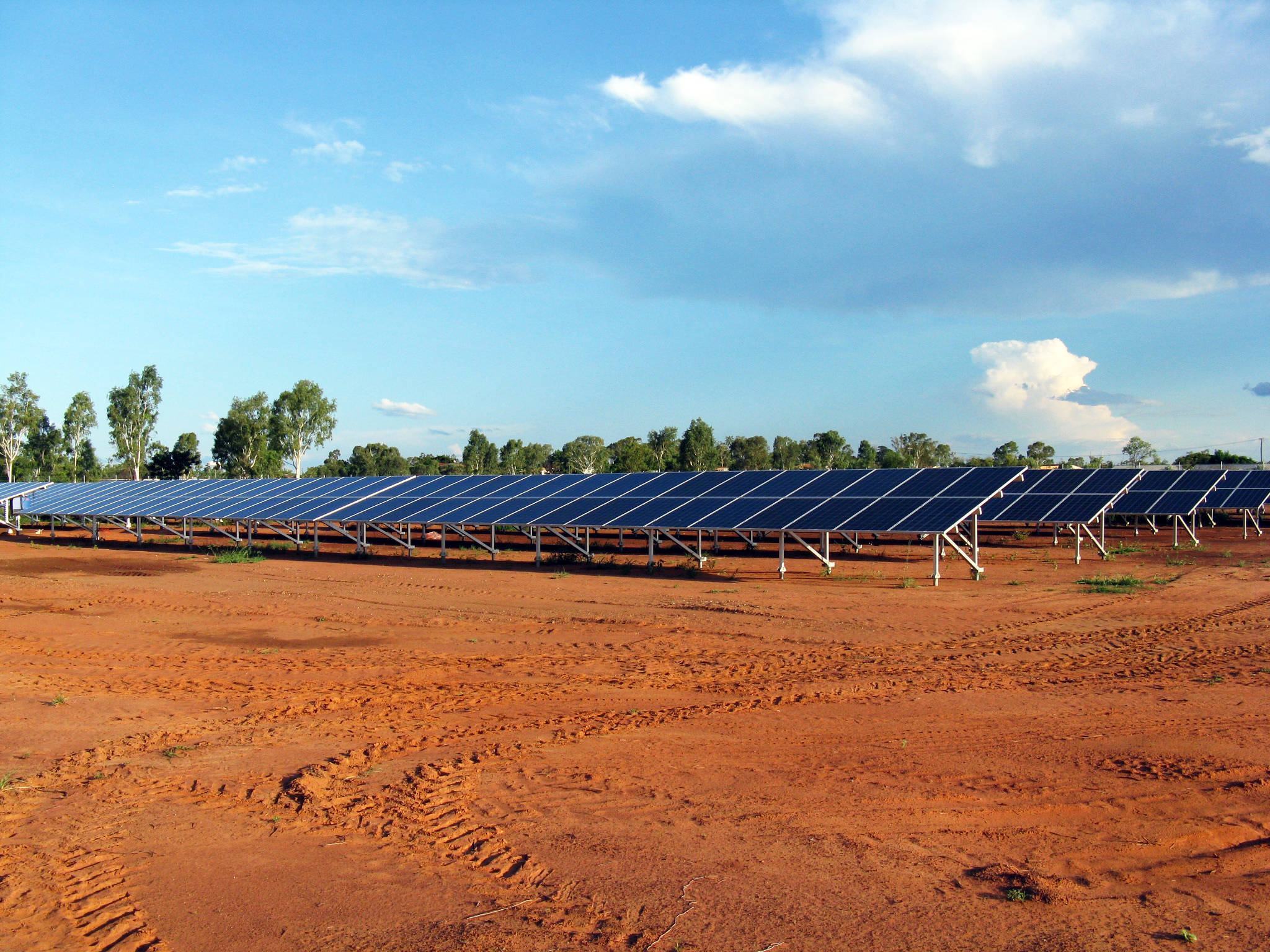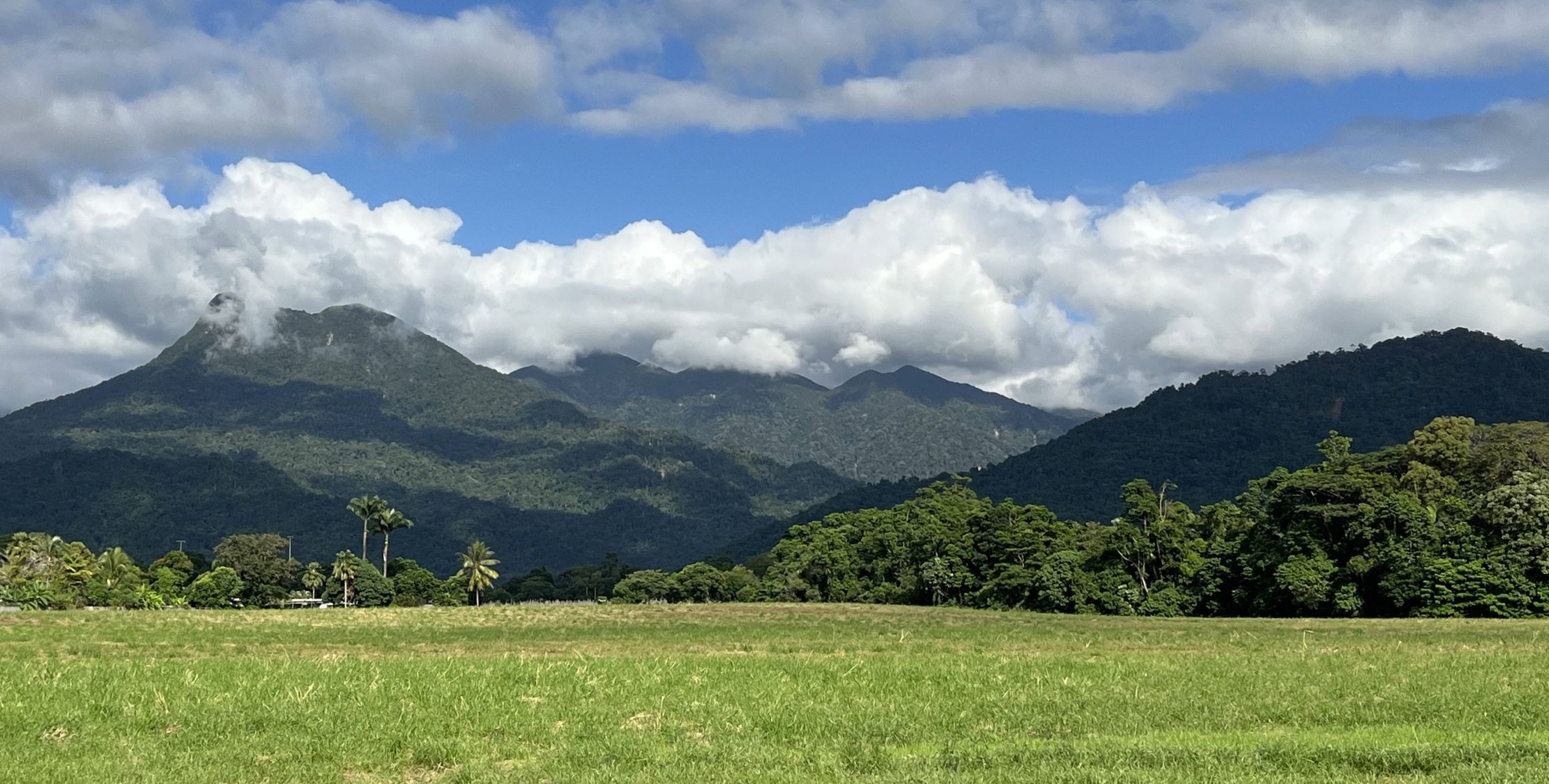Fringe of grid supply
We're embracing technology that helps us meet the challenges of serving remote and fringe of grid customers across vast distances and in isolated locations.
Our network has around 65,000 kilometres of Single Wire Earth Return (SWER) lines. It's one of the largest SWER networks in the world and supplies only four per cent of our customers.
The majority of the SWER network was installed in the 1970s and 1980s and is located in sparsely populated Western Queensland.
In our plan to transform fringe of grid power supply we're focusing on rural and remote customers, many of whom are connected to our SWER lines.
Providing cost-effective and reliable electricity supply in remote locations is challenging and as our remote SWER network comes to the end of its life, we're investigating and trialling alternative future supply options.
This will ensure our rural and remote customers continue to have access to safe, secure, affordable, reliable and efficient supply solutions into the future.
During this trial period, we're working with the Queensland Government, our customers, communities and other stakeholders to communicate our learnings, and develop transition strategies and new business models within the current regulatory framework.
Fringe of Grid
Skip to descriptionAt Ergon Energy Network, we supply electricity to 97% of Queensland, a vast area of over one million square kilometres.
70% of this network runs across rural and remote areas, which presents both a challenge and an opportunity.
To span across this great distance, Queensland’s more regional and remote communities are supplied by what we call SWER lines - Single Wire Earth Return power lines.
SWER is a one conductor supply system that was mainly built in the 70’s and 80’s, to supply power to small numbers of customers across large areas.
They make up 40% of Ergon Energy’s distribution network but supply only 4% of customers.
It can be challenging to provide a cost effective and reliable electricity supply to our customers in remote locations where the network is susceptible to flooding, bushfires, cyclones, lightning strikes, termites, and vegetation, and if there’s an outage on a line, everyone beyond that point can lose power until the issue is addressed.
As part of our energy transition to deliver cleaner, more affordable, and reliable electricity for everyone, we are looking at how new technologies can be added to support our SWER network.
This includes enabling customers to install more of their own batteries and solar PV, incentivising customers to reduce demand during peak times, and installing utility-scale batteries.
Where there is low customer density and low electricity loads, in very remote and hard to access locations, we are installing stand-alone power systems and providing cashback incentives to customers to install supply solutions like solar pumps.
For low loads, if power is generated on site, redundant powerlines can be removed, eliminating the need for us to access customers properties to conduct line patrols and asset inspections. This reduces the risk of injury to people, and damage to property and livestock.
Where there are larger loads like a community at the end of a long power line, we are undertaking pilot projects to microgrid the community during an outage, until the network comes back on.
Replacing parts of the SWER network makes sense financially, provides customers with a more stable and reliable network, and supports Queensland’s transition to a renewable energy future.
And it’s another example of regional communities embracing innovation to mitigate the challenges of the environment in which they live and work.
Watch our Fringe of Grid video to learn more about new technologies being added to support our SWER network.




